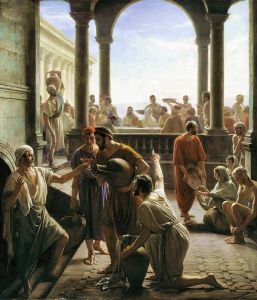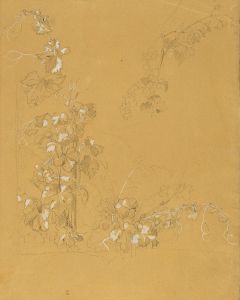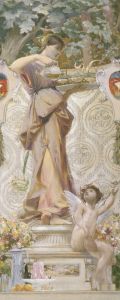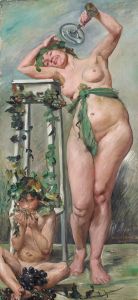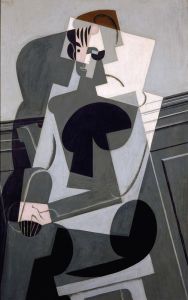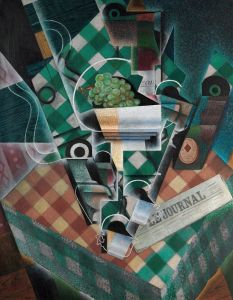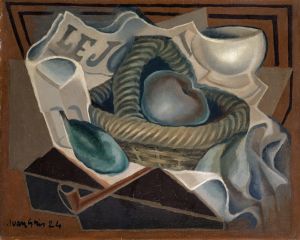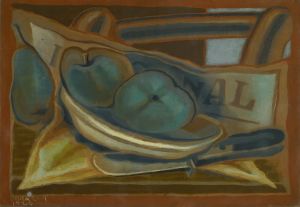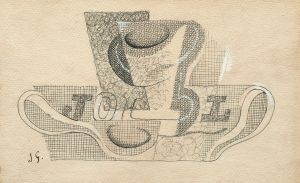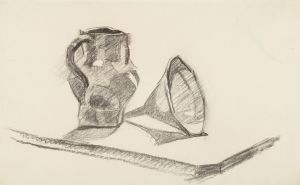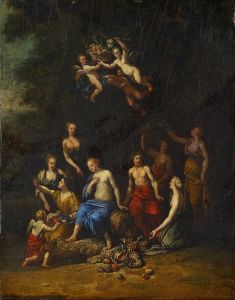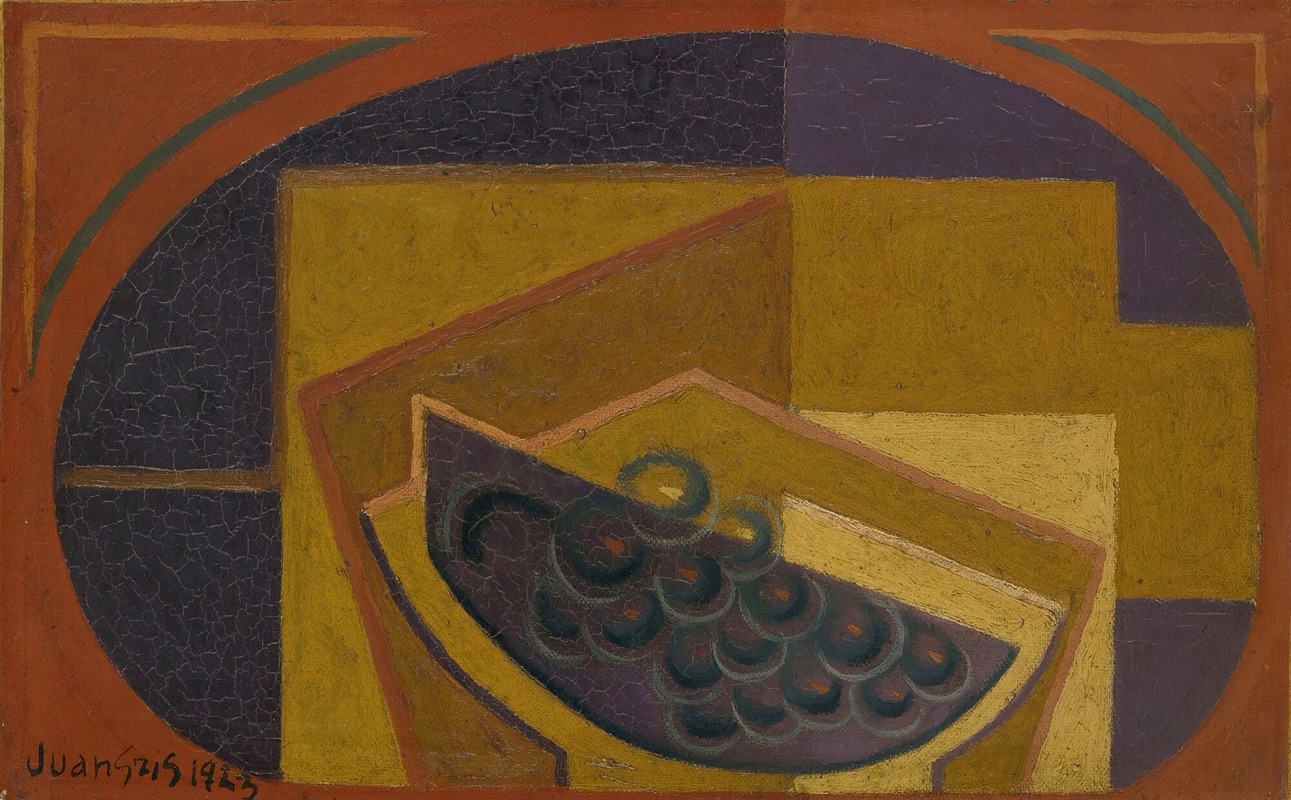
Le Raisin Noir
A hand-painted replica of Juan Gris’s masterpiece Le Raisin Noir, meticulously crafted by professional artists to capture the true essence of the original. Each piece is created with museum-quality canvas and rare mineral pigments, carefully painted by experienced artists with delicate brushstrokes and rich, layered colors to perfectly recreate the texture of the original artwork. Unlike machine-printed reproductions, this hand-painted version brings the painting to life, infused with the artist’s emotions and skill in every stroke. Whether for personal collection or home decoration, it instantly elevates the artistic atmosphere of any space.
Le Raisin Noir is a painting by the Spanish artist Juan Gris, a prominent figure in the Cubist movement. Gris, born in 1887 in Madrid, Spain, became an influential artist known for his distinctive approach to Cubism, which emphasized clarity and order. He moved to Paris in 1906, where he became associated with other avant-garde artists, including Pablo Picasso and Georges Braque, who were pioneers of the Cubist style.
Gris's work is characterized by its geometric shapes, muted color palette, and the incorporation of various textures and materials. Unlike some of his contemporaries, Gris often used a more systematic and theoretical approach to Cubism, which is evident in his precise compositions and the harmonious balance of his works.
Le Raisin Noir, which translates to "The Black Grapes," is one of Gris's notable still life paintings. Created in 1916, during a period when Gris was fully embracing the Cubist style, the painting exemplifies his mature work. Gris's still lifes often featured everyday objects, such as musical instruments, bottles, and fruit, arranged in a complex interplay of shapes and planes.
In Le Raisin Noir, Gris employs a subdued color scheme, with shades of gray, brown, and black dominating the composition. The painting depicts a cluster of grapes, a common motif in still life art, rendered in a fragmented and abstract manner typical of Cubism. The grapes are deconstructed into geometric forms, yet they remain recognizable within the composition. Gris's use of overlapping planes and subtle shifts in color and tone create a sense of depth and movement, inviting the viewer to engage with the painting from multiple perspectives.
Gris's work during this period reflects his interest in the relationship between form and color, as well as his exploration of the boundaries between representation and abstraction. Le Raisin Noir is a testament to Gris's ability to transform ordinary subjects into complex and thought-provoking compositions.
The painting is also indicative of Gris's contribution to the development of Synthetic Cubism, a phase of Cubism that emphasized the construction of images from separate elements, often incorporating collage techniques. Although Le Raisin Noir does not employ collage, its structured composition and the interplay of forms align with the principles of Synthetic Cubism.
Juan Gris's influence on the Cubist movement and modern art is significant, as he brought a unique perspective and methodology to the style. His works, including Le Raisin Noir, continue to be studied and admired for their innovative approach to form and composition.
Today, Le Raisin Noir is part of various public and private collections, reflecting its enduring appeal and importance in the history of modern art. Gris's legacy as a master of Cubism is preserved through his paintings, which remain a vital part of the study and appreciation of early 20th-century art.





